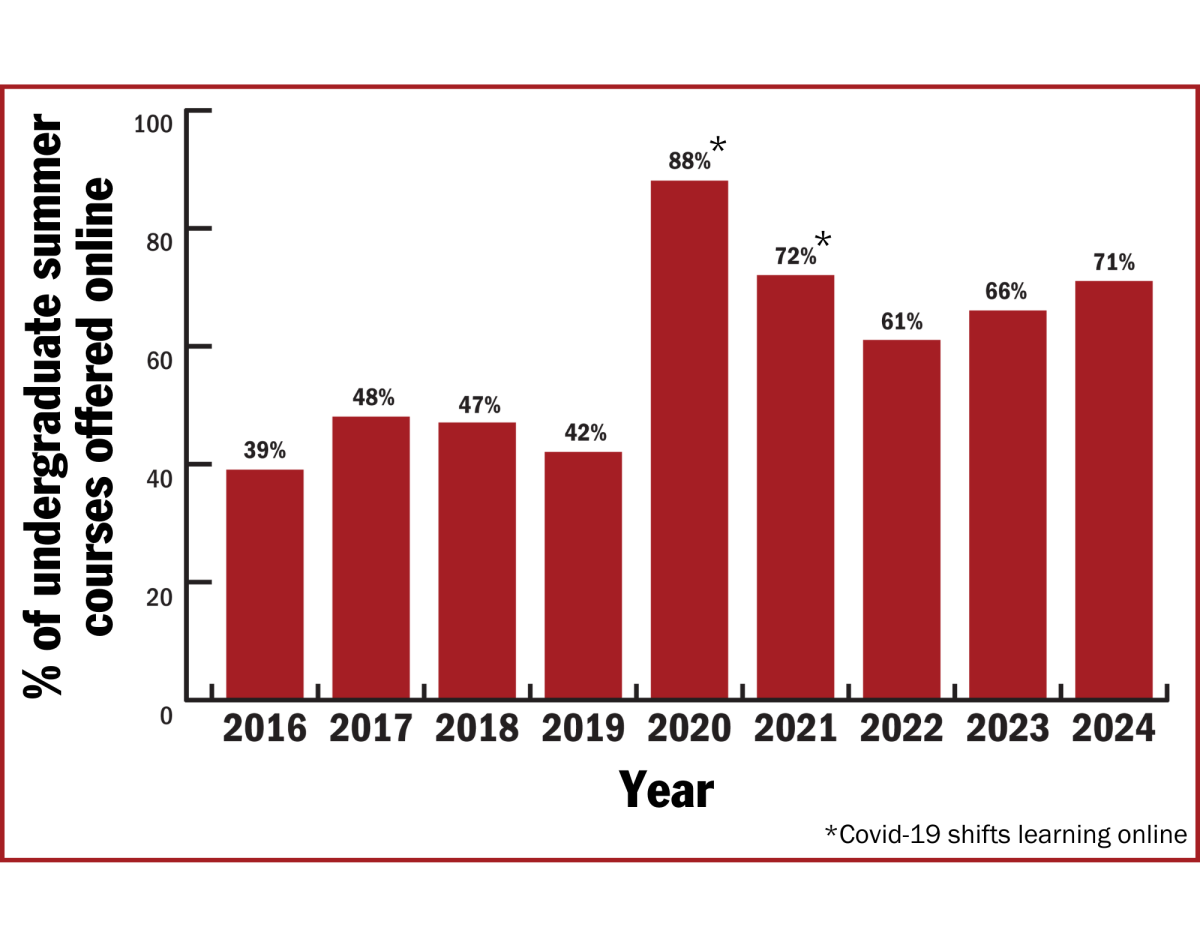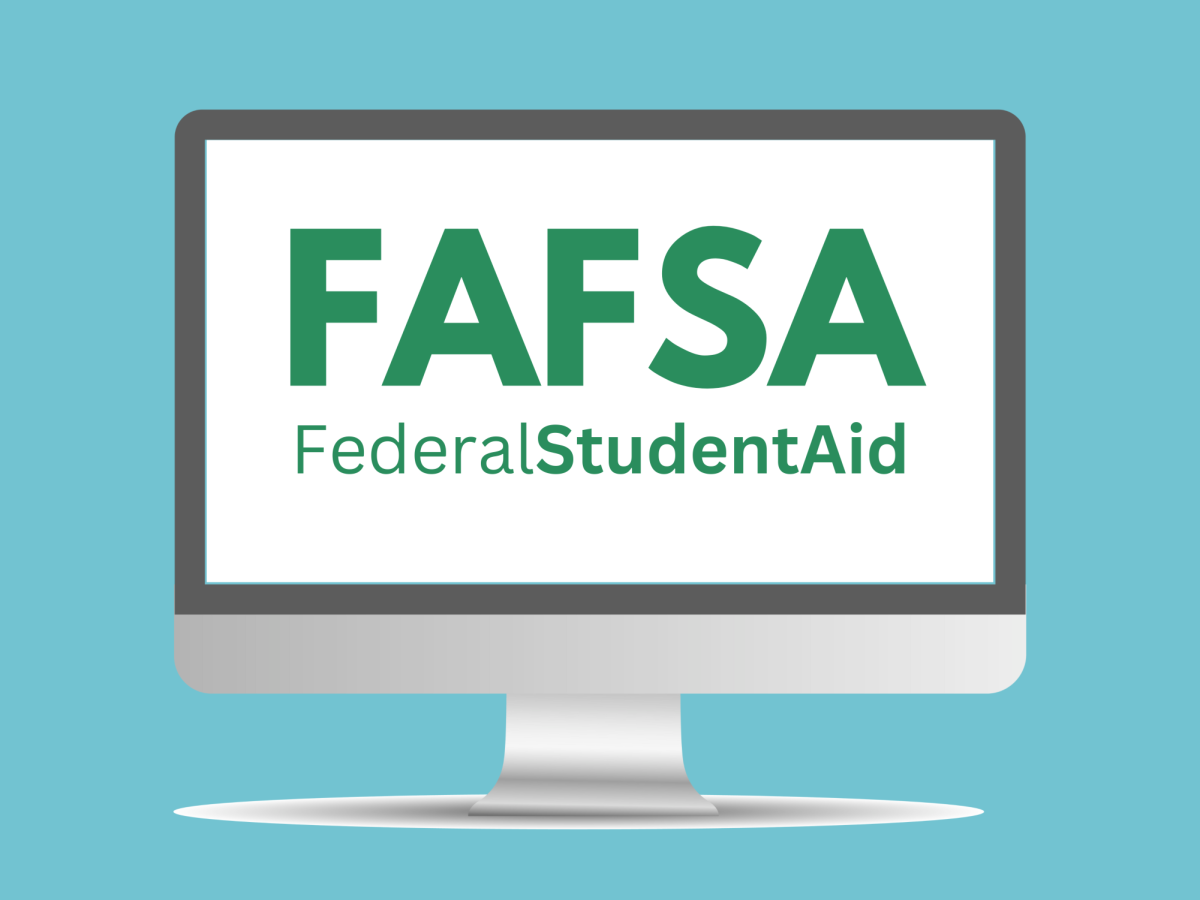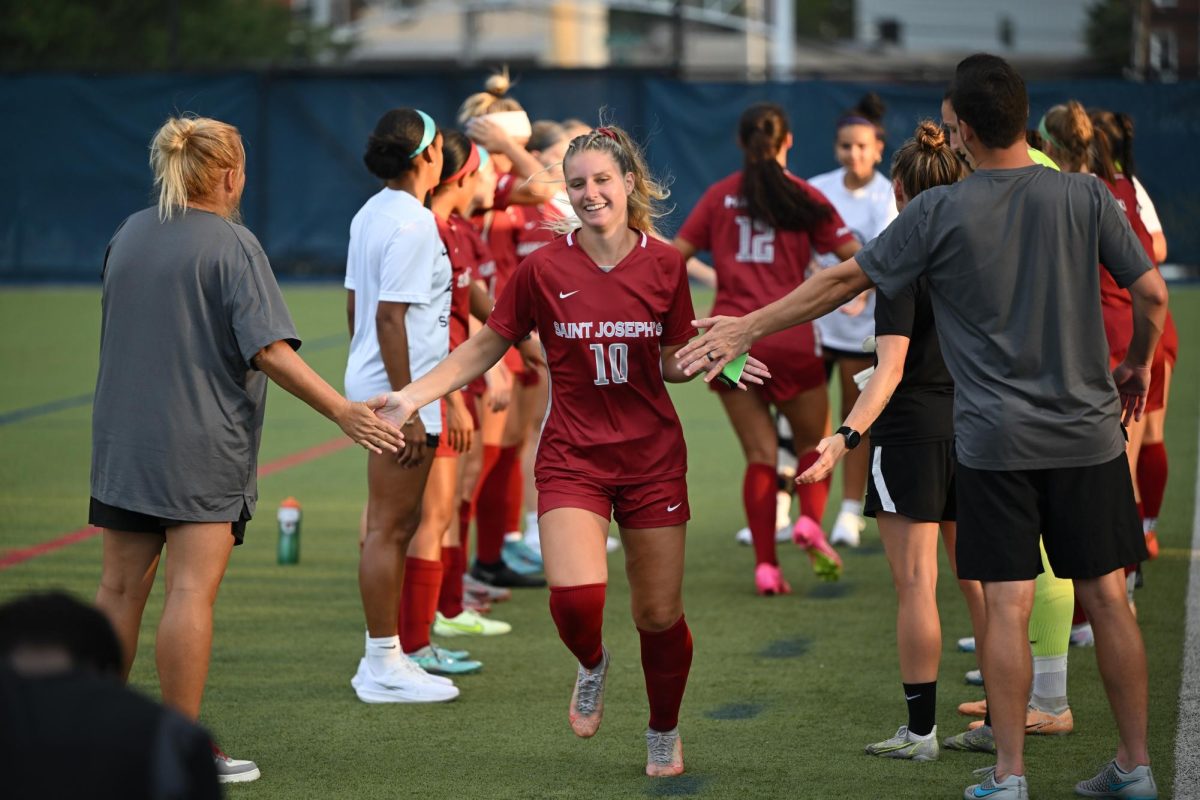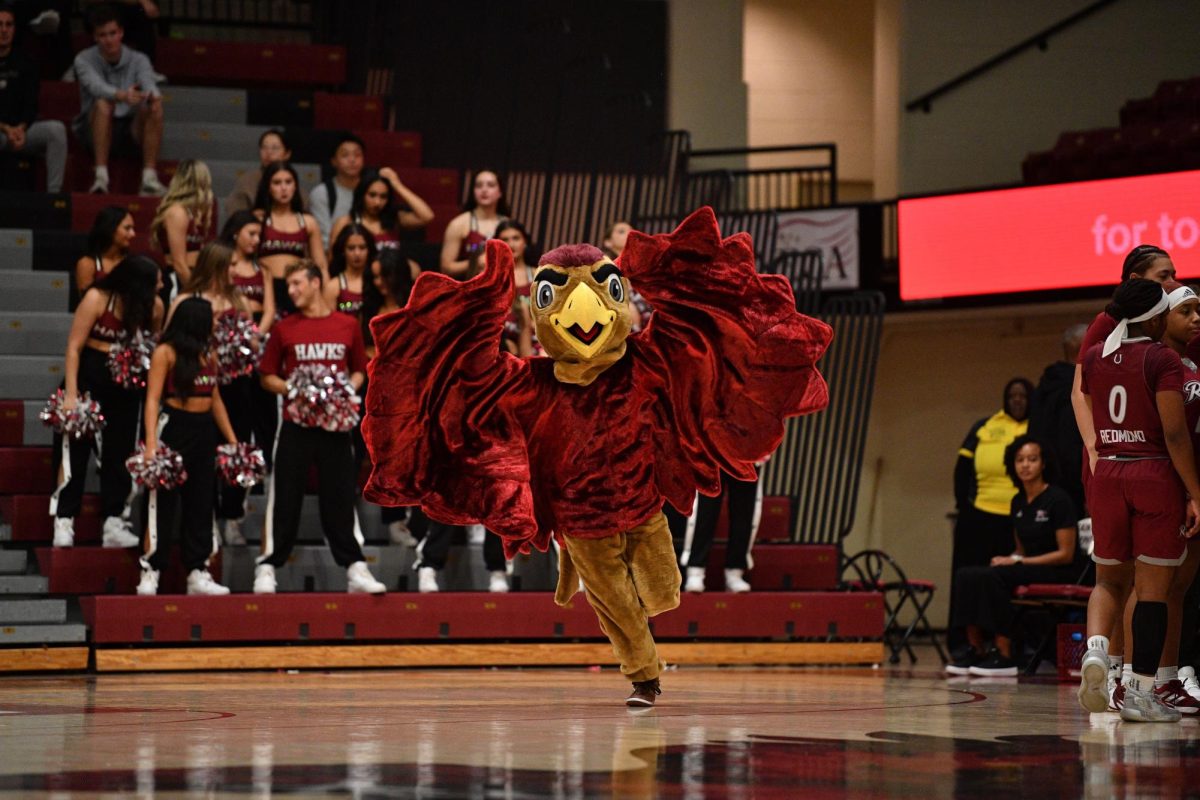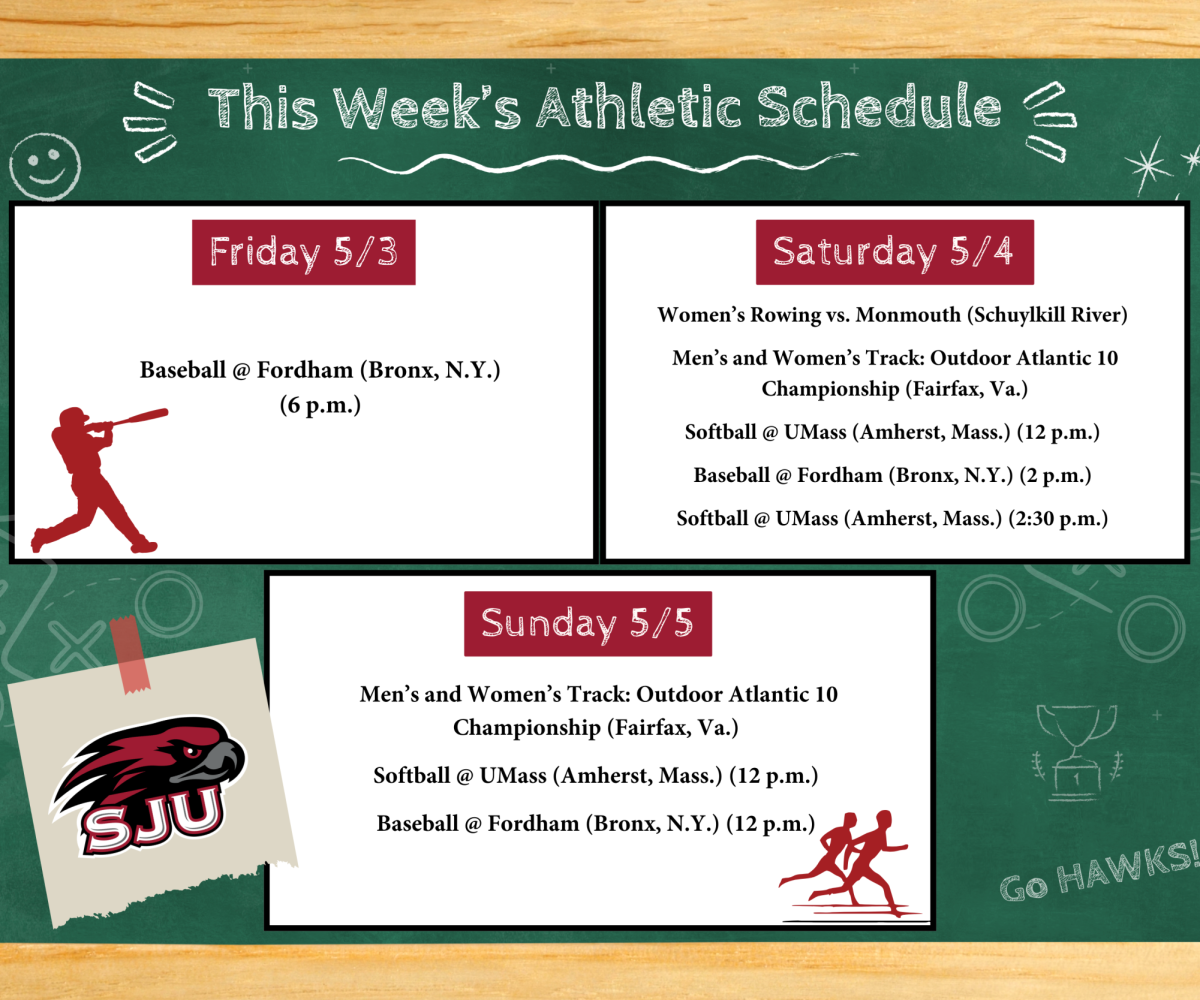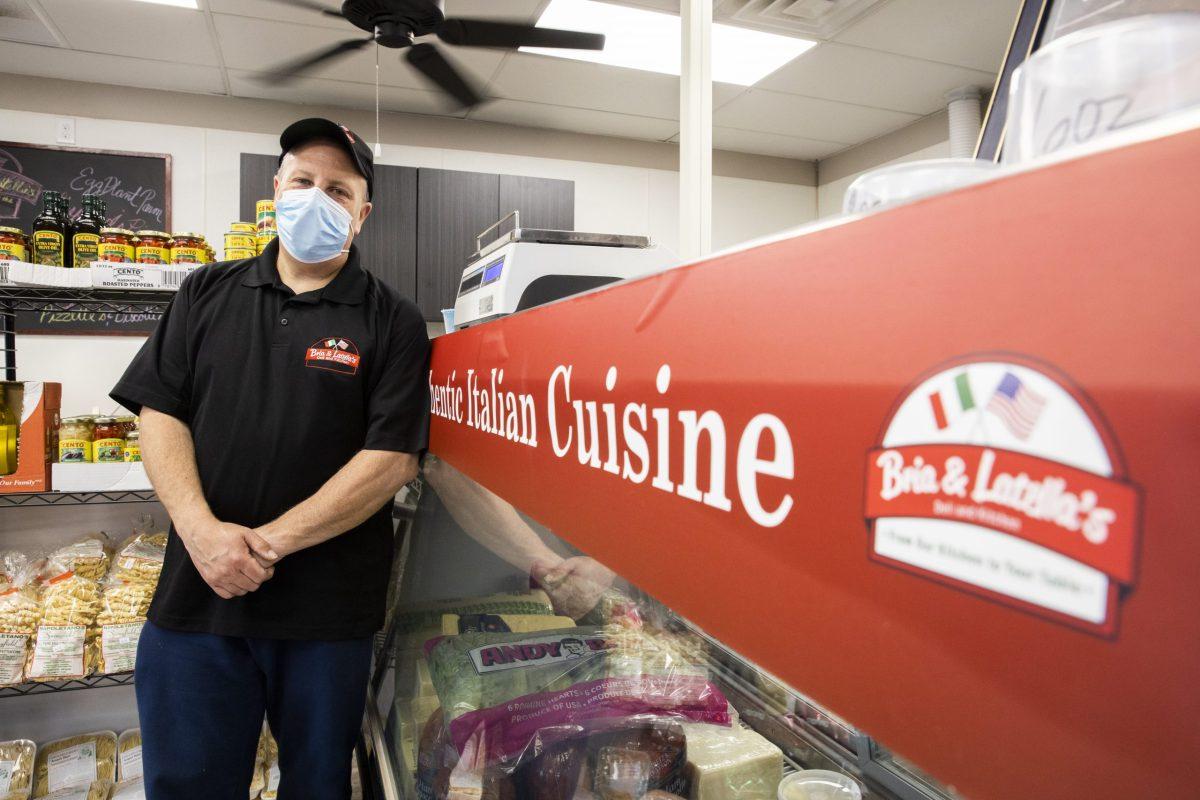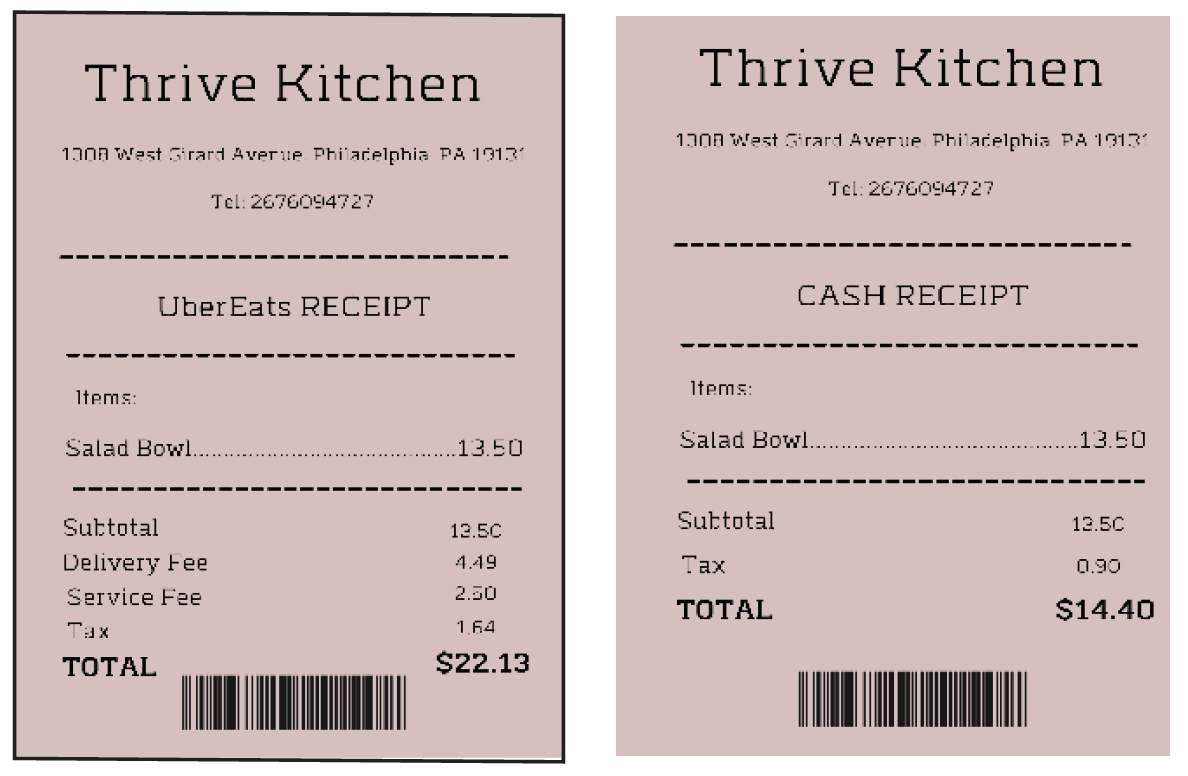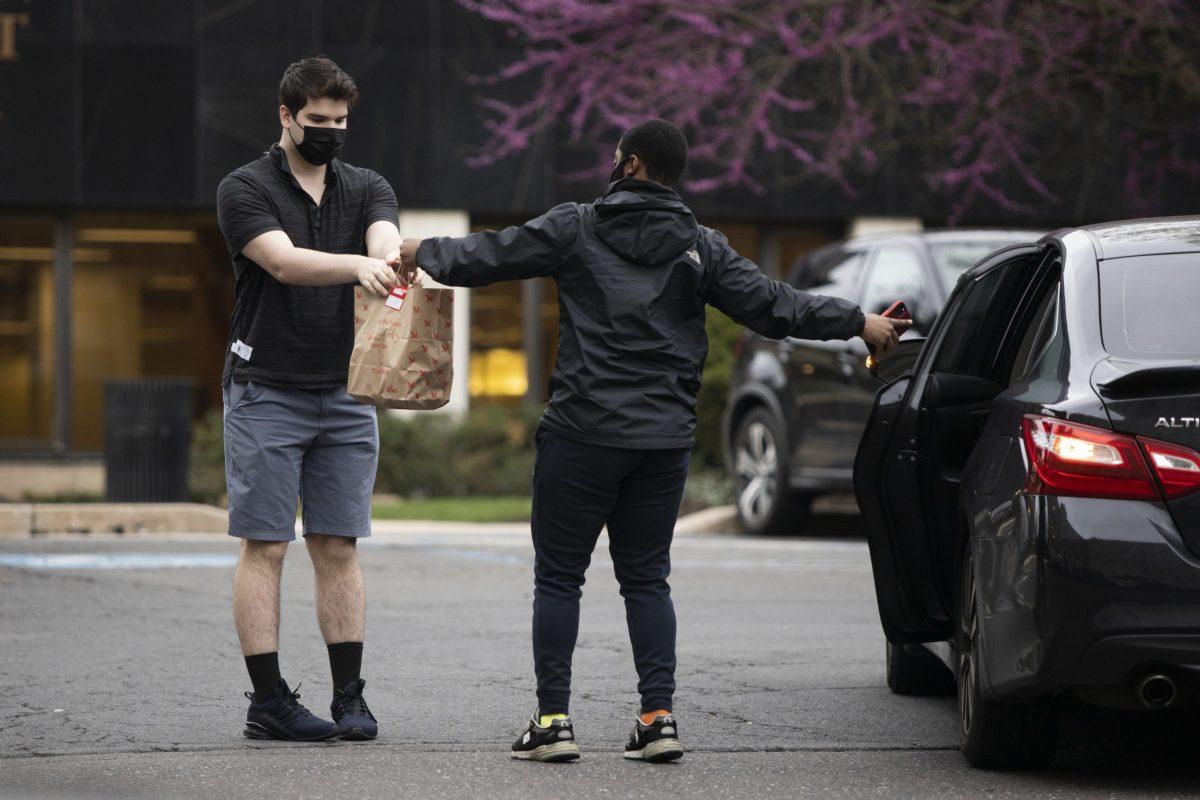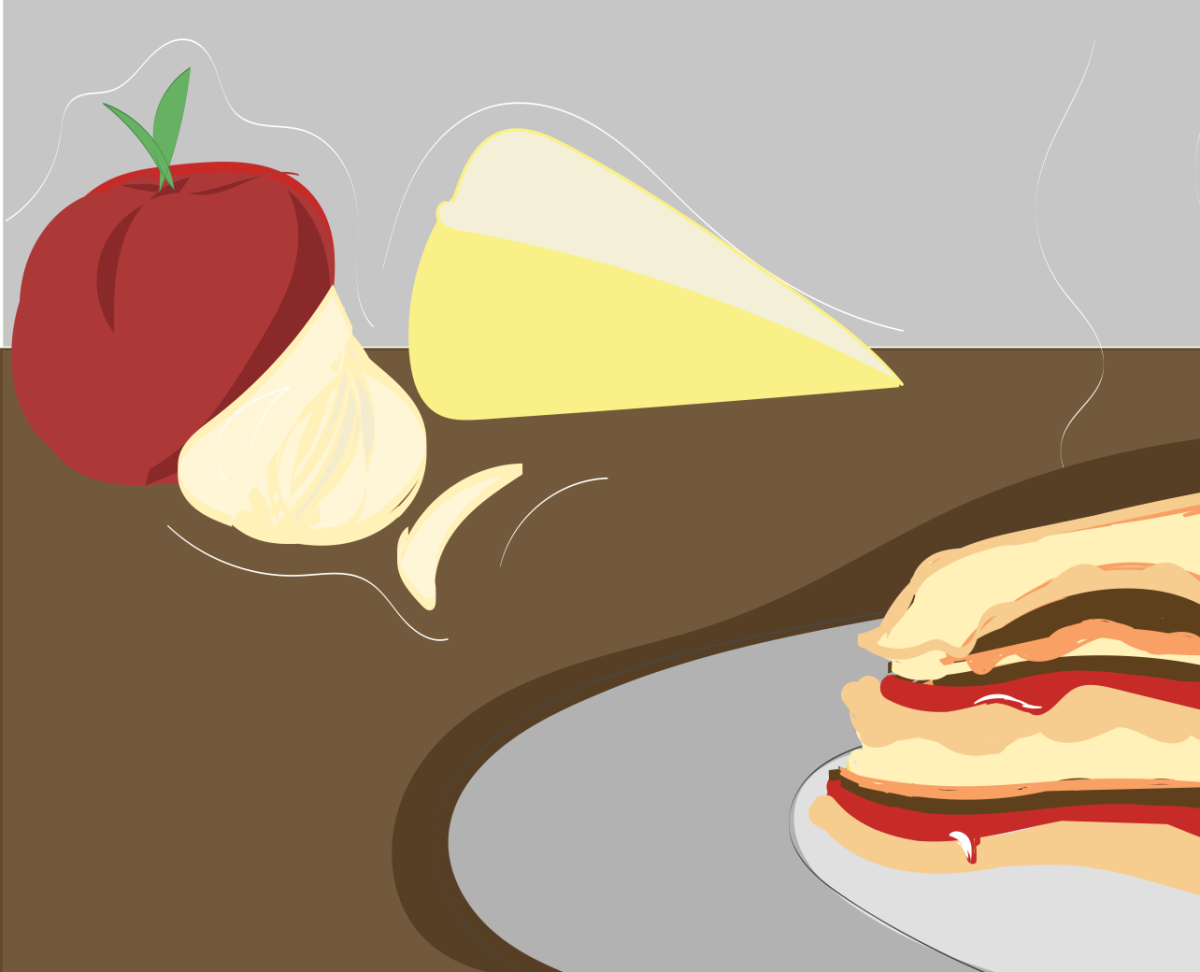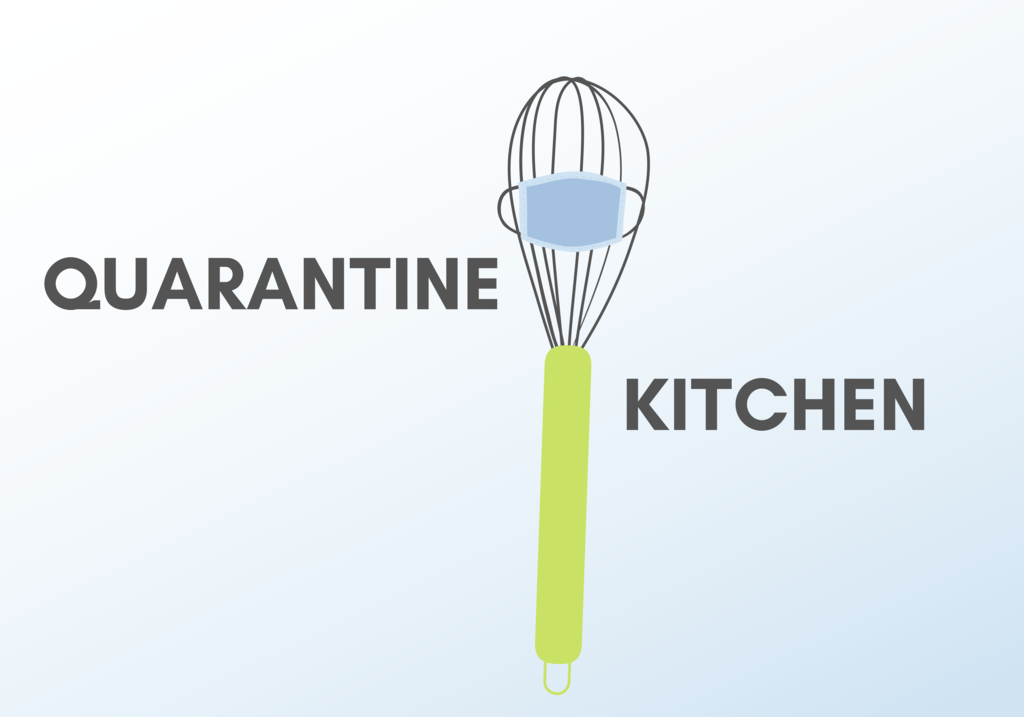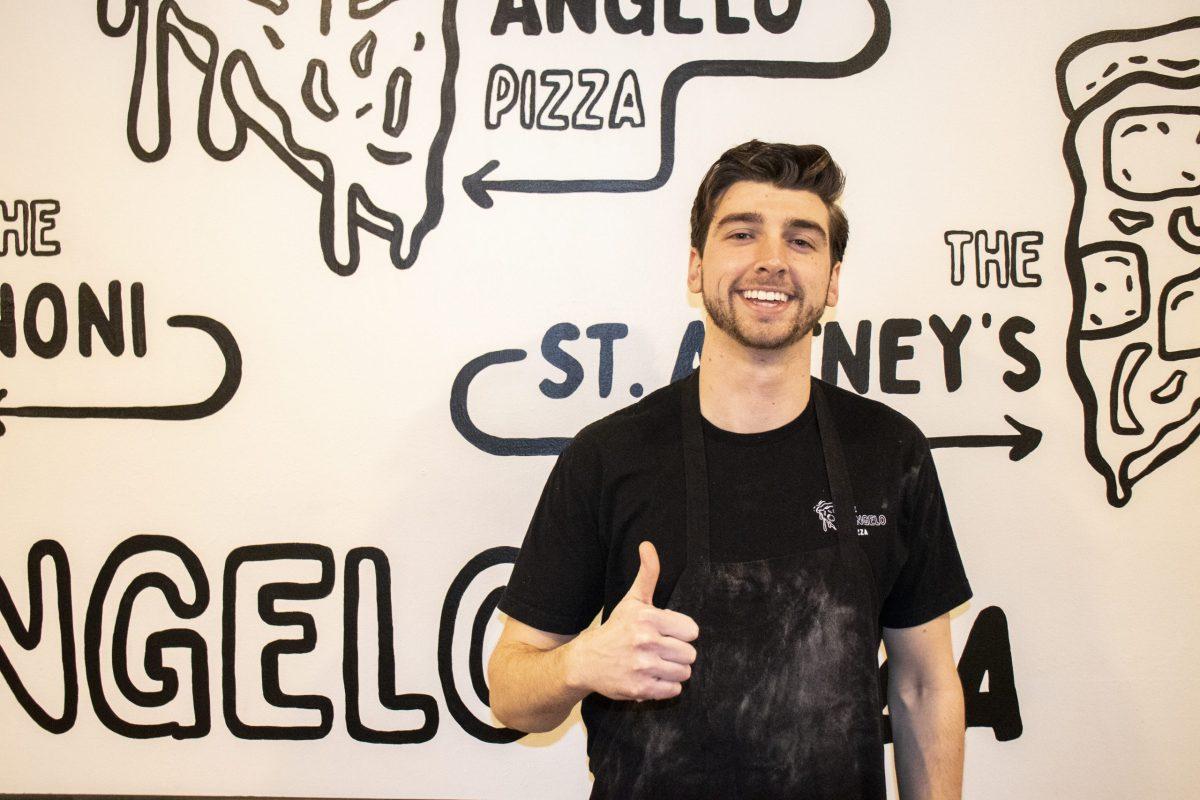When many restaurants shifted to takeout and delivery last spring due to the coronavirus pandemic, third-party delivery services like Grubhub, Uber Eats and DoorDash stepped in to meet soaring customer demand.
But for small businesses trying to stay afloat, the fees for using these services have further cut into revenue.
“It’s the cost of doing business right now during a pandemic,” said James Partner, adjunct professor of food marketing.
Restaurants can be charged up to 30% on average for using the delivery services, according to a May 4, 2020, article in Forbes.
“There’s not a lot of room left for profit,” said George Latella, M.B.A., visiting professor of food marketing. “Thirty percent for delivery basically leaves no room for error.”
Latella said these fees have put many businesses in a difficult position because while they want to be able to safely serve their customers during the pandemic, they are barely making a profit.
“Some places have felt compelled to do it just to stay alive,” Latella said. “They try the third-party just to get enough money to pay their bills, not to make money.”
Latella understands this dilemma personally. He is co-owner of Bria & Latella’s Italian American Deli & Kitchen in Havertown, a deli that specializes in hot and cold sandwiches as well as other prepared foods. Despite having been approached by all of the major third-party delivery services, Latella said he opted not to use them. While cost was the primary factor, he said he also was wary of a hot sandwich showing up at people’s doors a cold, soggy mess.
“We’re pretty passionate about our food quality,” Latella said. “We’re not overly expensive, but we’re not cheap either. We want to make sure people get a good experience.”
The impact is greater on small businesses because chain restaurants are able to avoid the fees charged by third-party delivery services by setting up their own delivery services, according to Emily Moscato, Ph.D., associate professor of food marketing.
“Bigger companies are able to put the marketing dollars and other resources into simplifying the process and building their awareness,” Moscato said. “Small businesses know how to market to an extent, but usually their passion is the food and the customer.”
Jackie McBeth, owner of Deke’s Bar-B-Que, with a dining location in Germantown and a takeout and catering location in Manayunk, opted to sign up with Uber Eats, then signed on to other companies as well. She said she was able to negotiate a “decent rate” with Uber Eats because she partnered with them right when they entered the Philadelphia market.
“Like any other business, you have to negotiate your commissions,” McBeth said.
McBeth said she pays approximately 31% in fees for Uber Eats and 22% for Grubhub and DoorDash. Despite these rates, she said the services have been worth it.
“If anything, it has helped the business,” McBeth said.
Still, when customers use Grubhub or Uber Eats to order food and choose to pick up their meal rather than have it delivered, McBeth said she directs them to the Toast TakeOut app, which only charges restaurants 3.5% to be listed in its app.
While use of third-party delivery services is up because of the pandemic, Moscato said the preference for food delivery over in-person dining has been trending up over the last decade. It has just become more noticeable now, she said.
Consumers like to use third-party delivery sources because of the ease and convenience they offer them, Moscato said. Plus, third-party delivery sources have been able to streamline consumers’ personal information to create a seamless experience as opposed to when consumers order directly from a restaurant and have to interact over the phone, she said.
“It’s all there in one place, so boom, boom, boom, click, you’re done,” Moscato said. “On the other hand, if you order directly through them, then you might have to load up your payment every time. They might not be connected to an Apple Pay or there might be different information. We have so much going on in our lives, so streamline sounds good to us.”
Latella said restaurants have a lot to consider moving forward.
“The last year has basically been about survival,” Latella said. “Eventually restaurants are going to figure out different ways to make money.”
At his own restaurant, Latella said there have been a lot of adjustments over the last years. Bria & Latella’s closed for the first two months of the pandemic, re-opened for one day a week, then added weekends during the summer. Eventually they worked up to seven days a week, but at reduced hours compared to before the pandemic. They’re now open from 10 a.m. to 6 p.m.
Still, Latella said the deli has also been able to keep its staff employed.
“We’ve been trying to keep everybody working,” Latella said. “I tried to give everybody a little bit of a raise, so they’re making a little more money. We’re still not making money, but we’re at least still in business.”

